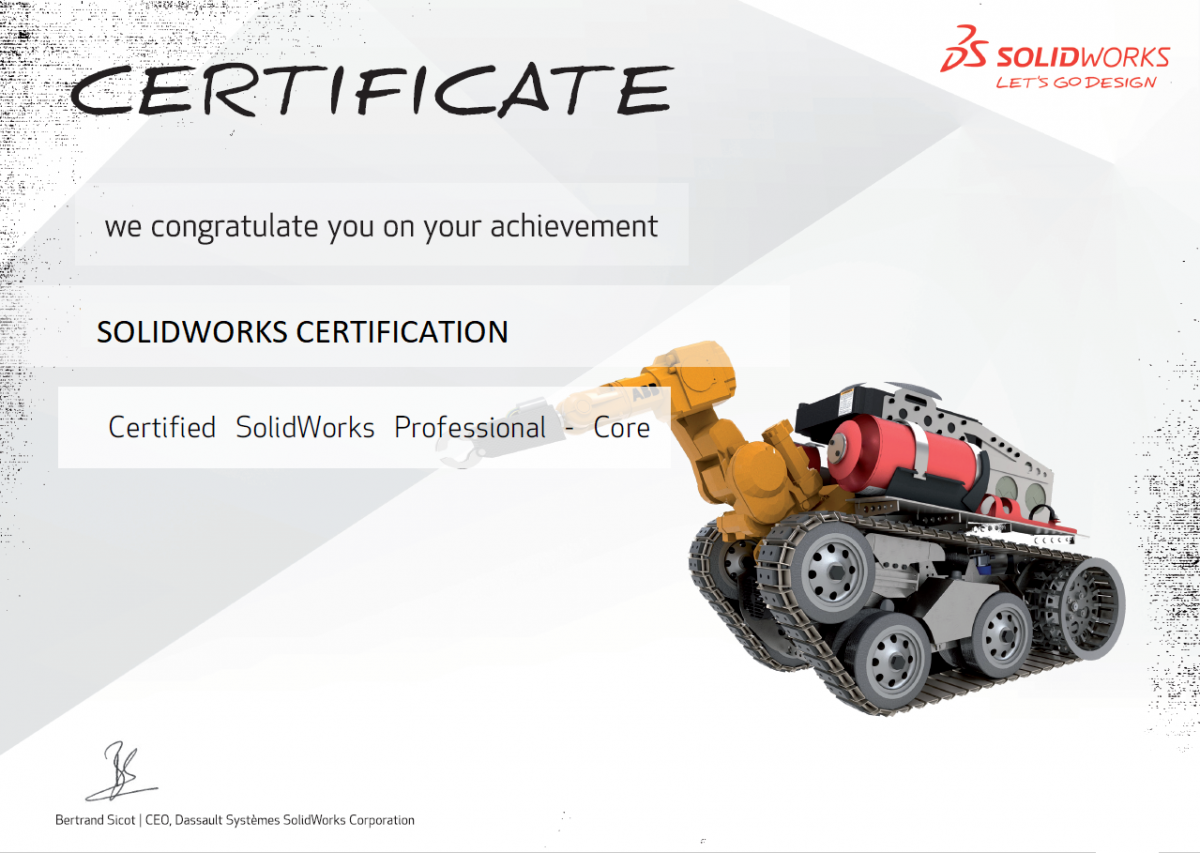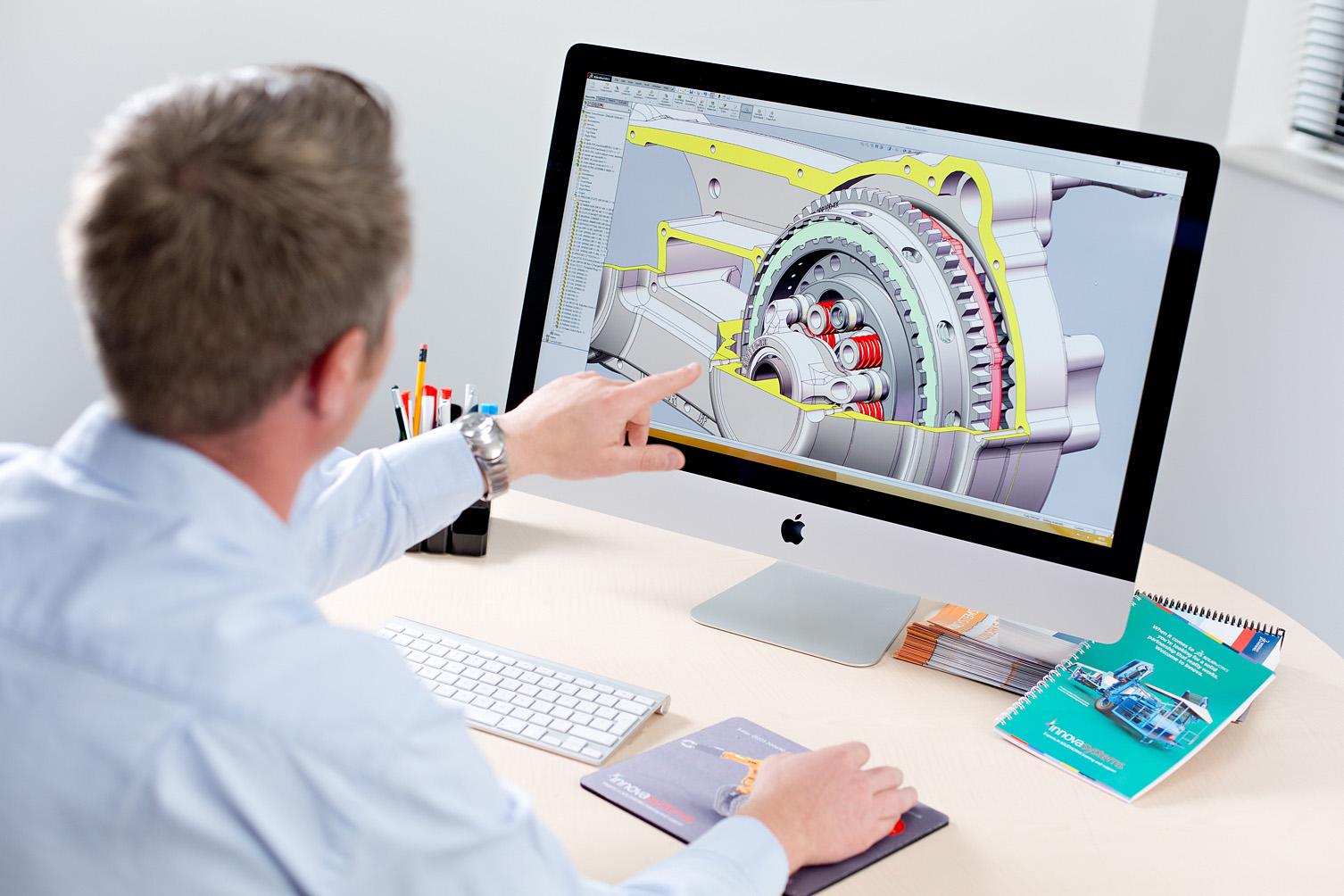

- #WATCH LINKEDIN LEARNING SOLIDWORKS XDESIGN HOW TO#
- #WATCH LINKEDIN LEARNING SOLIDWORKS XDESIGN SOFTWARE#
- #WATCH LINKEDIN LEARNING SOLIDWORKS XDESIGN SERIES#
- #WATCH LINKEDIN LEARNING SOLIDWORKS XDESIGN DOWNLOAD#
Today, with apps like Spotify, iTunes, Google Play, and others, you can pick the song you want or even subscribe and get ongoing new music based on your preferences. When I was a kid, if I wanted to buy music, I took the bus to a mall and walked into a store selling albums or CDs, and bought the entire album/CD for the one song that I actually wanted.
#WATCH LINKEDIN LEARNING SOLIDWORKS XDESIGN SOFTWARE#
The future is collaborating on the cloud, with everyone focused on the design itself, rather than the hardware and software to get there. Complex software installations, managing a server, and lengthy training sessions are the past.
#WATCH LINKEDIN LEARNING SOLIDWORKS XDESIGN DOWNLOAD#
They expect to simply download an app or browse to a webpage to get the information that they need, instantly. The next generation of Centennials (Generation Z) has never lived life without the internet.
#WATCH LINKEDIN LEARNING SOLIDWORKS XDESIGN HOW TO#
So in order to continue to improve, we have to change the direction of technology, and that’s fine because we know exactly how to do it – by using the CLOUD. We have the manufacturing knowledge to do it, but the physical size of an electron is now limiting us from designing smaller or faster CPUs. Computers got faster and smaller throughout the decades to the point where they are now physically impossible to make any faster or smaller due to physics. Try xDesign for yourself, and for more sketching tips and tricks, check out this tech blog series.Technology is always moving forward.
#WATCH LINKEDIN LEARNING SOLIDWORKS XDESIGN SERIES#
Stay tuned to this blog series to explore xDesign’s innovative approach to other common design workflows. Sketching is just one area where xDesign introduces several new ways to design. However, part of xDesign’s appeal is in the new and imaginative approaches it takes to improving traditional workflows. SOLIDWORKS xDesign is built on a strong heritage of time-tested parametric modeling foundations from SOLIDWORKS Desktop. This is an elegant reboot of a decades old CAD capability that works equally well with a mouse, stylus, or even just a finger.Īll these features work together to make sketching fast and intuitive and allow for a lot of design creativity. It doesn’t even matter if they’re connected, and xDesign even approximates the radius based on the pointer location. Sketch booleans are one more way xDesign goes beyond a traditional 2D mindset.įilleting corners is a common sketching technique that xDesign handles beautifully.

This allows for more complex shapes to be composed without the clutter of multiple overlapping entities. Taking the notion of Sketch Objects one step further, xDesign also provides boolean operations, so users can add, subtract or intersect two or more objects. With xDesign, after sketching one circle, any subsequent circle will show a pink highlight circle that automatically applies an equal relationship with no extra steps, commands, or keystrokes. This is traditionally accomplished with dimensions or constraints applied after the fact. Sketching circles is nothing new, but many times, design intent calls for equal diameters. It’s an elegant process that works beautifully on a desktop or mobile device. One-touch dimensions provides a more gesture-based approach, which means dimensions can be added immediately after an entity is sketch with no extra steps or command swapping. It works for length, distance, angles, radii, and even max/min arc conditions. It’s not even necessary to select a command–just pick an entity and the dimension is created. xDesign makes this easier than ever with one-touch dimensioning. Typically the next step in parametric sketching is to assign dimensions. Sketch Objects might look familiar to existing SOLIDWORKS Desktop users–that’s because this feature was added to SOLIDWORKS 2016, but the technology actually originated on the 3DEXPERIENCE Platform. The modular nature of sketch objects make them easy to move, attach and resize–similar to the concept of parts in an assembly.Īs a side benefit, shaded sketch contours give visual confirmation that helps avoid common sketching errors like overlapping entities or disjointed endpoints. This approach escapes the traditional 2D mentality of lines, arcs and circles. This blog series will explore how SOLIDWORKS xDesign delivers new and delightful ways to tackle common design workflows–starting with sketching.Īs you sketch a closed shape in xDesign, the contour is shaded. Instead, it takes a fresh approach to traditional design tasks that are both elegant and innovative.

xDesign is not just about translating traditional CAD capabilities to the cloud. XDesign is SOLIDWORKS’ next generation browser-based design tool built on the 3DEXPERIENCE Platform.


 0 kommentar(er)
0 kommentar(er)
